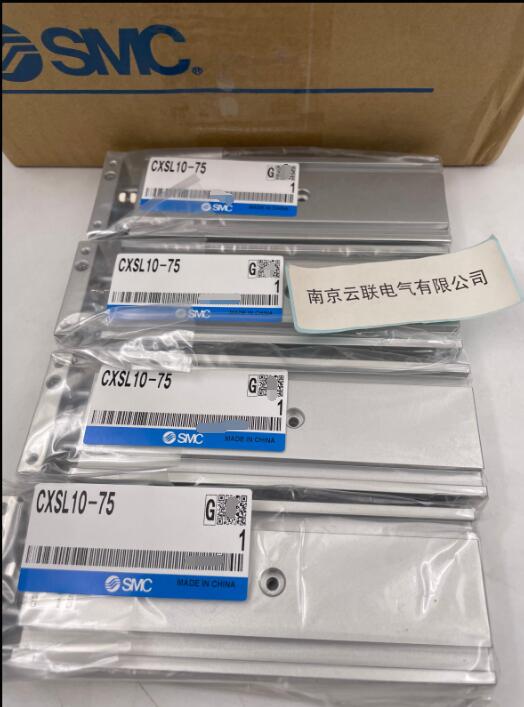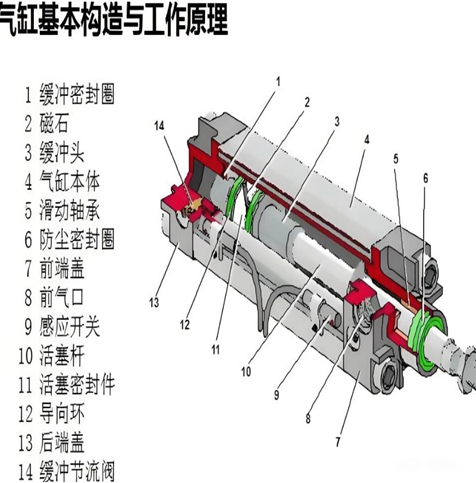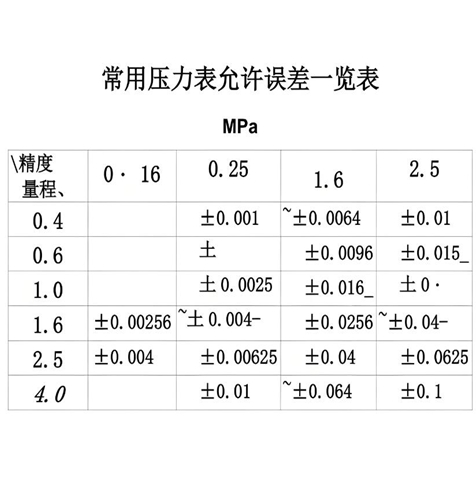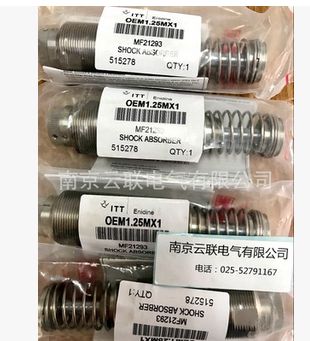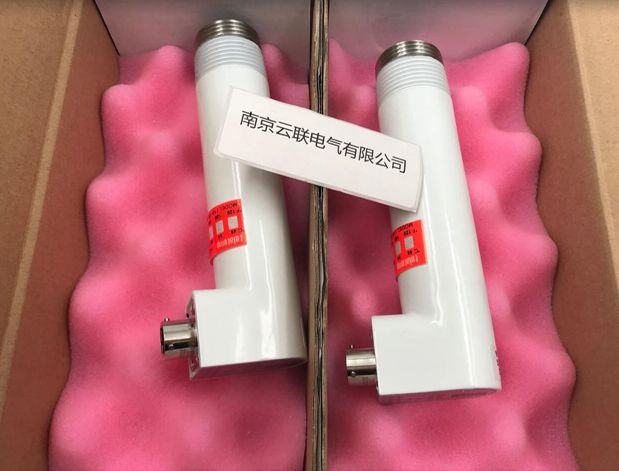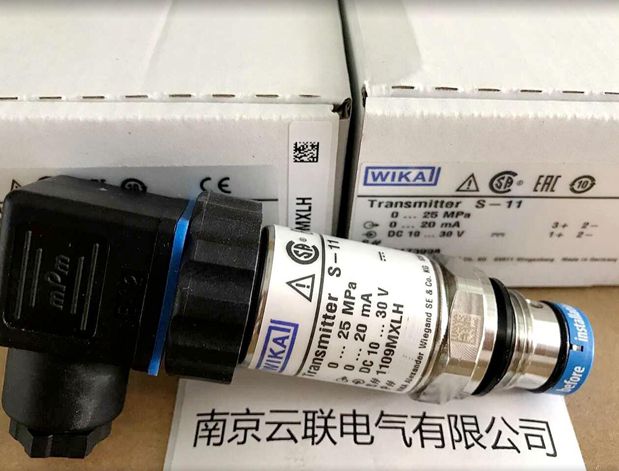详细介绍
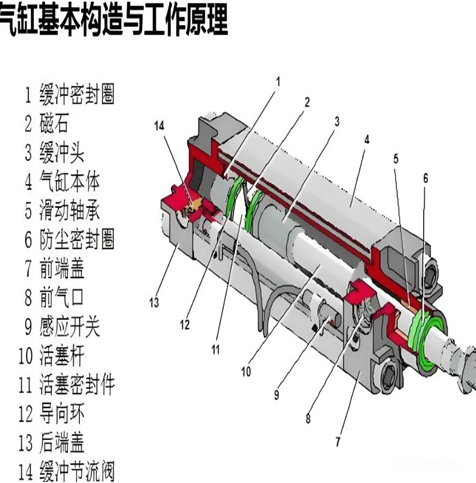
The choice between a dual axis cylinder or a single axis cylinder requires consideration of multiple factors.
Firstly, there are load requirements. If the workload is large and requires greater thrust to drive, a dual axis cylinder is a better choice because of its higher output force. But if the load is small, a single axis cylinder can usually meet the requirements.
Next is the spatial factor. If the equipment space is limited, the compact structure of the dual axis cylinder can save space; If there is ample space, the installation of a single axis cylinder becomes more flexible.
Guidance performance is also an important factor. Single axis cylinders come with good guidance and are suitable for situations that require high precision in motion; Although the dual axis cylinder has insufficient self guidance, it can still meet certain accuracy requirements by installing guidance devices.
In terms of cost, the price of single axis cylinders is relatively low, which is an advantage for projects with limited budgets; Due to its complex structure and high cost, the dual axis cylinder can compensate for its performance advantages in certain specific situations.
Maintenance and upkeep also need to be considered. Single axis cylinder structure is simple and relatively easy to maintain; The maintenance of dual axis cylinders may be more complicated due to the need to install guiding devices, etc.
In short, both dual axis cylinders and single axis cylinders have their own advantages and disadvantages, and there is no absolute distinction between good and bad. In practical applications, it is necessary to conduct a comprehensive evaluation based on specific work requirements, space conditions, cost budgets, and other factors to select the most suitable cylinder type, in order to achieve efficient and stable operation of the equipment.
